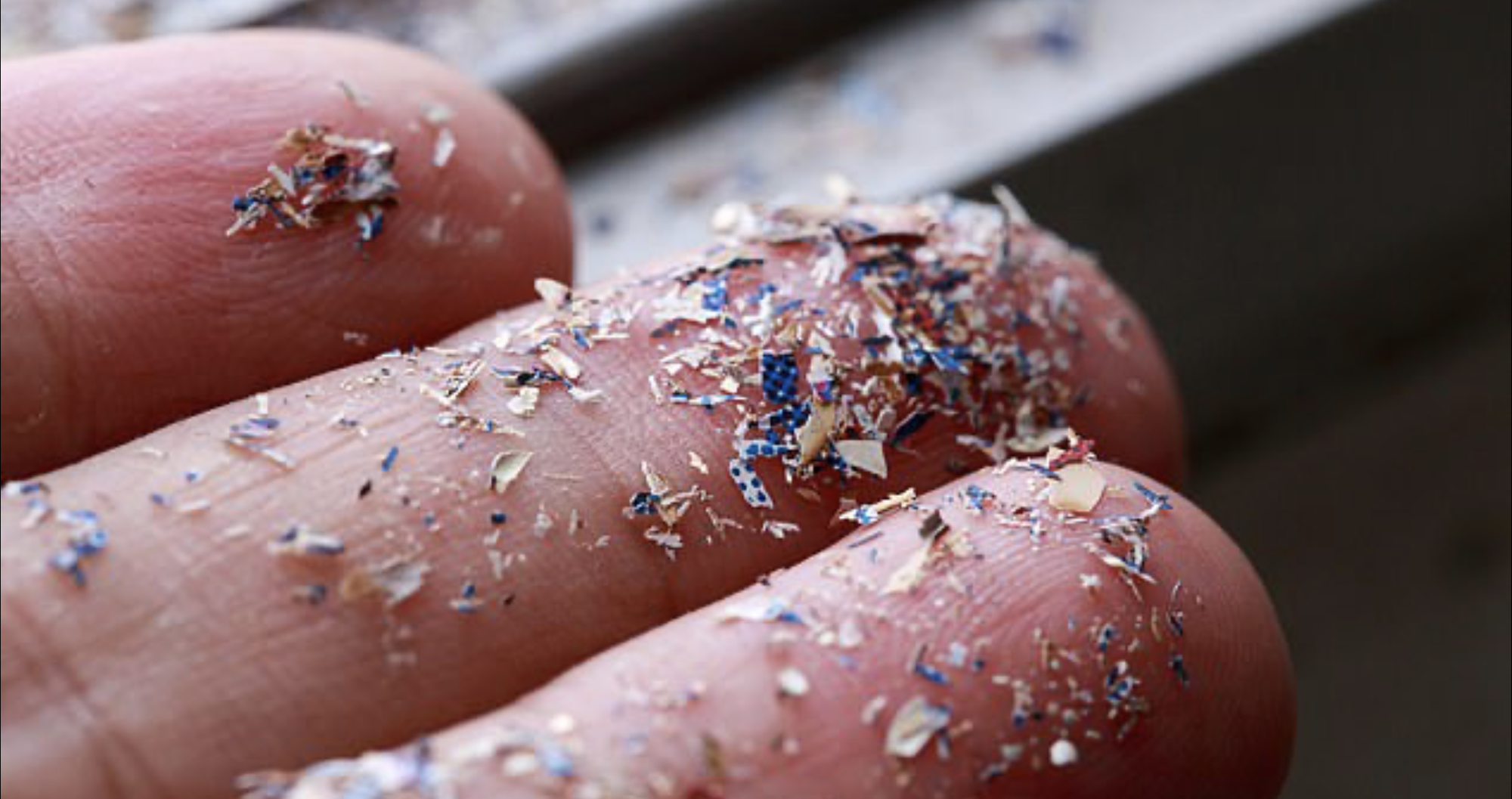
Microplastic particles are smaller than 5mm in length and enter the human body through plastic packaging, some foods, tap water and even air - Photo: Shutterstock
Although researchers have long known about microplastics in the environment, it is only recently that they have developed techniques to see them in our organs, tissues and blood.
Microplastics are everywhere, can cause cancer, memory loss
Microplastics, which are smaller than 5mm in length, enter the human body through plastic packaging, some foods, tap water and even air. From there, they enter the bloodstream and cause unpredictable harm such as cancer, heart disease, dementia and reproductive problems.
Microplastics are so prevalent that there are now numerous warnings and studies about their health effects and invasiveness. Microplastics have been found almost everywhere in the world, from the deepest places on the planet like the Mariana Trench to the top of Everest.
Numerous studies have also found microplastics in foods, household items such as sugar, salt, honey, seafood, tap water, water bottles, and food items wrapped in plastic.
Dianna Cohen, executive director of the nonprofit Plastic Pollution Coalition, said previous research has shown that people on average ingest about 5 grams of plastic a week, the equivalent of a credit card.
Once ingested, these tiny particles can travel to internal organs such as the kidneys and liver, causing adverse effects at the cellular level.
A study recently published by scientists from the University of Campania (Italy) said that plastic was found in more than 50% of plaque from clogged arteries, causing a high risk of stroke.
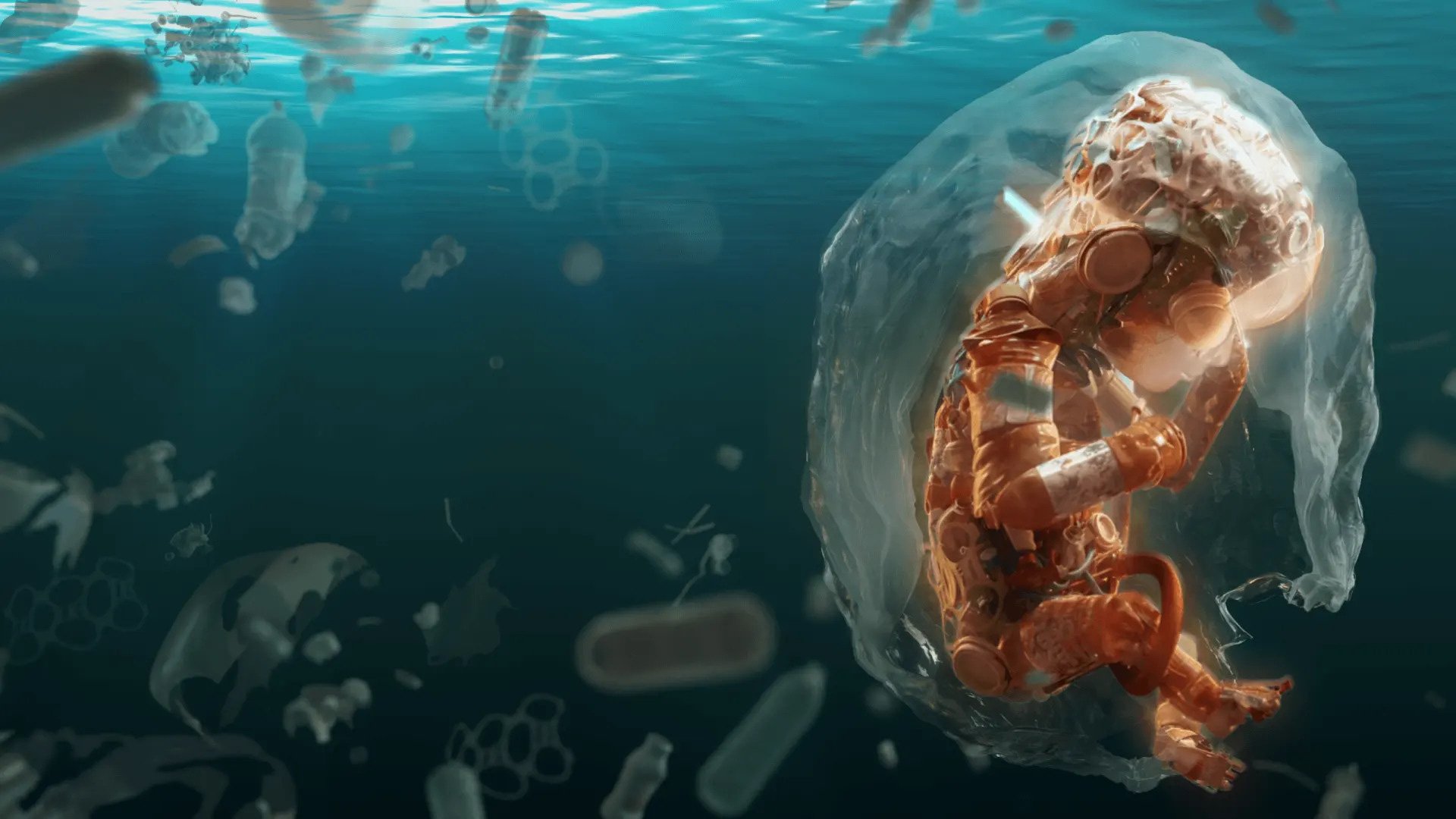
Scientists have discovered these microscopic particles in semen, breast milk and even brain tissue - Photo: Dieline
Many studies have warned about microplastics.
In 2023, several studies showed the prevalence of microplastics in the human body. Scientists at Vassar College (New York, USA) joined an Austrian team to study whether microplastics could cross the blood-brain barrier in mice.
The results suggest that once plastics reach the brain, they can cause inflammation and interfere with the functioning of nerve cells. In the brain, plastic particles increase the risk of inflammation, neurological disorders or even neurodegenerative diseases such as Alzheimer's or Parkinson's, says Lukas Kenner, a researcher at MedUni Vienna.
The team found that polystyrene particles, used in Styrofoam food packaging, appeared in the brain just two hours after food was consumed. Another study conducted the same year analyzed 15 brain tissue samples and found six pieces of plastic from two patients with brain tumors.
Similarly, scientists from Peking University Third Hospital found microplastics in human semen. The team collected 30 semen samples and 6 testicular samples from patients and found that 11 semen samples and 4 testicular samples contained very small particles.
The majority of particles in the testes were polystyrene (68%), while polyethylene (PE) and polyvinyl chloride (PVC) were found in the semen.
Microplastics were also first found in the heart last year by a team from Beijing Anzhen Hospital. They collected heart tissue and blood samples from 15 patients undergoing heart surgery. All of the samples contained microplastics.
In the blood, plastics can adhere to the outer membranes of red blood cells and affect their ability to transport oxygen. In five types of heart tissue, scientists found nine different types of plastic, including microscopic particles of poly(methyl methacrylate), polyethylene terephthalate, used in clothing and food containers, and PVC.
Although the number of plastic pieces found varied from patient to patient, the team collected anywhere from dozens to thousands of pieces.
In 2022, scientists made a startling discovery when they found microplastics in breast milk for the first time. A team at Italy’s Marche Polytechnic University analyzed milk samples from 34 healthy mothers and found microplastics in three-quarters of the samples. Each sample of milk containing plastic contained between one and five microplastics.
These particles come from PVC, polyethylene and polypropylene, all common plastics found in materials ranging from plastic bottles and packaging to synthetic leather, floor tiles and furniture coverings.
The first doubts about microplastics
Since 2020, researchers have begun looking into whether microplastics can be found in the human body after these particles were found globally.
A team at Arizona State University found the first evidence when they analyzed 47 tissue samples, revealing large deposits of particles in the liver, spleen, and kidneys. Microplastics have even been found in human placentas.
Source



![[Photo] "Beauties" participate in the parade rehearsal at Bien Hoa airport](https://vstatic.vietnam.vn/vietnam/resource/IMAGE/2025/4/11/155502af3384431e918de0e2e585d13a)

![[Photo] Looking back at the impressive moments of the Vietnamese rescue team in Myanmar](https://vstatic.vietnam.vn/vietnam/resource/IMAGE/2025/4/11/5623ca902a934e19b604c718265249d0)




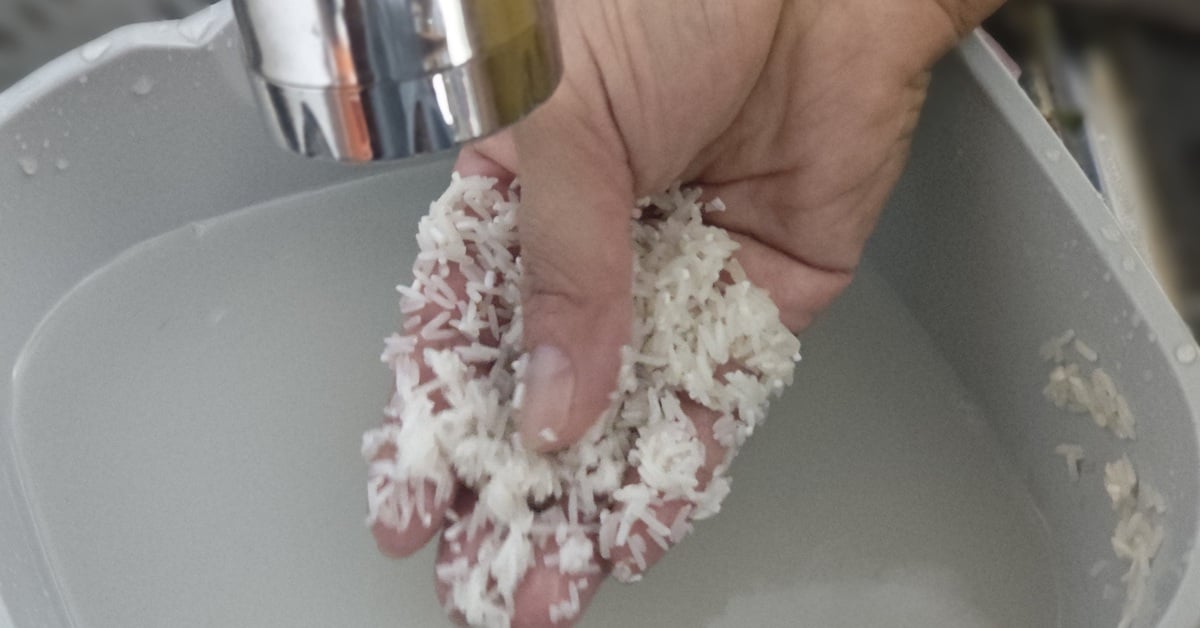









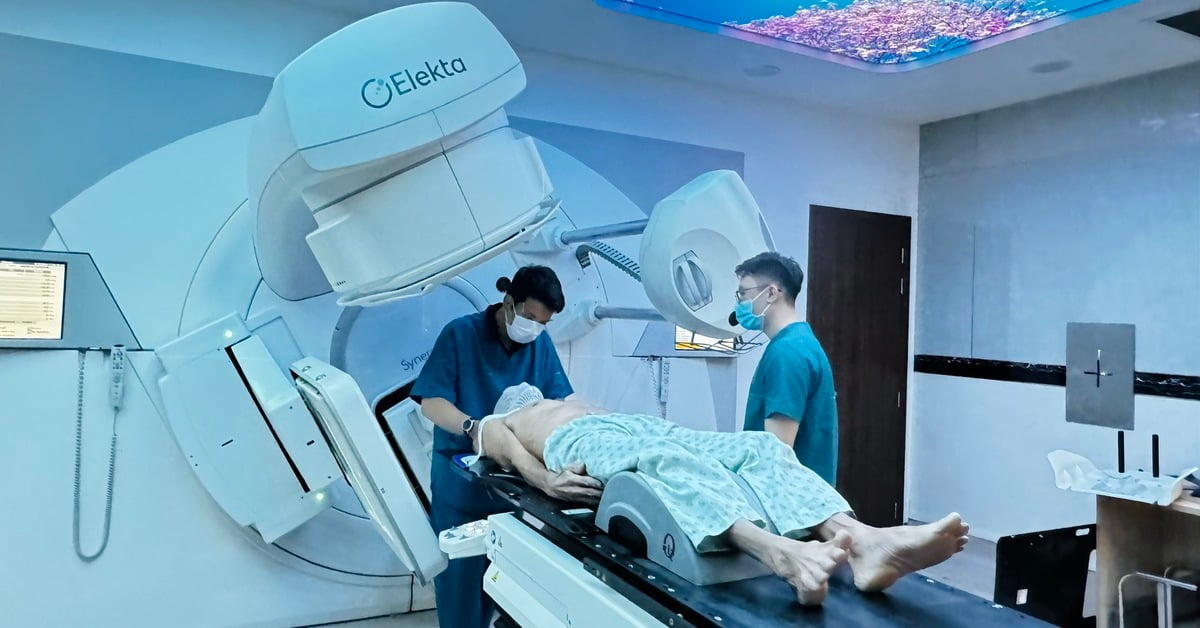




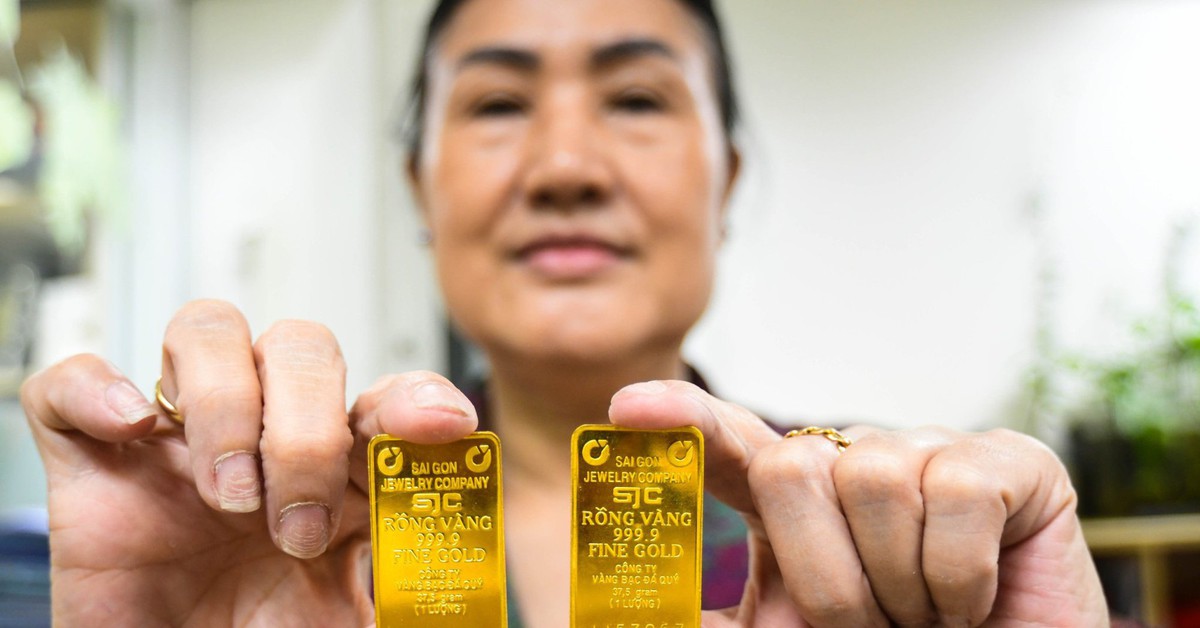





![[Photo] Summary of parade practice in preparation for the April 30th celebration](https://vstatic.vietnam.vn/vietnam/resource/IMAGE/2025/4/11/78cfee0f2cc045b387ff1a4362b5950f)





























































Comment (0)